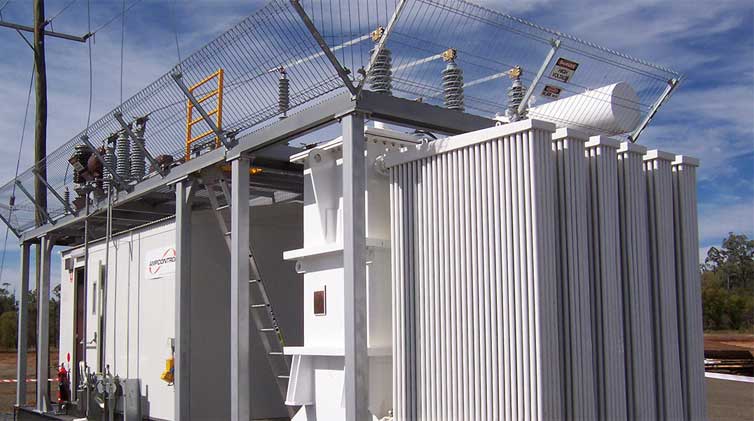Difference between oil-immersed transformers and dry-type transformers
1. The emergence of oil-immersed transformers
Transformer oil is a petroleum-based liquid that can potentially combust and has environmental drawbacks. However, due to its excellent performance and low cost, the vast majority of power transformers still use transformer oil as insulation and cooling medium. At the end of the 19th century, transformer oil began to be used as insulation and cooling medium for transformers, and oil-immersed transformers appeared. In addition to being abundant in natural reserves and low in price, transformer oil is widely used because of the following characteristics:
2. Understanding the differences between oil-immersed transformers and dry-type transformers
1. Appearance: the packaging forms are different. Dry-type transformers can directly see the iron core and coil, while oil-immersed transformers can only see the outer shell of the transformer.
2. Different lead forms: Dry-type transformers mostly use silicone rubber sleeve, while oil-immersed transformers mostly use porcelain bushing.
3. Different capacity and voltage: Dry-type transformers are generally suitable for distribution, with capacities mostly below 1600KVA and voltages below 10KV. A few can reach voltage levels of 35KV. On the other hand, oil-immersed transformers can cover all the capacities and voltage levels. China's current construction of ultra-high voltage 1000KV lines uses oil-immersed transformers.
4. Different insulation and cooling methods: Dry-type transformers generally use resin insulation, rely on natural air cooling, and use fans for large capacity cooling, while oil-immersed transformers rely on insulating oil for insulation and use the circulating oil inside the transformer to dissipate the heat generated by the coil to the transformer's radiator.
5. Applicable places: Dry-type transformers are mostly used in places that need to be "fireproof and explosion-proof," such as large buildings and high-rise buildings. Oil-immersed transformers are mostly used outdoors because there is a possibility of oil spray or leakage in case of accidents. Additionally, there should be a site for digging "accident oil pits".
6. Different load carrying capacities: Dry-type transformers should generally operate at rated capacity, while oil-immersed transformers have better overload capabilities.
7. Different costs: For transformers of the same capacity, the purchasing price of dry-type transformers is much higher than that of oil-immersed transformers. The model number of dry-type transformers usually starts with SC (epoxy resin casting sealed type), SCR (non-epoxy resin casting solid insulation sealed type), and SG (open type).
Jump to Content Sections
Leave a Message
You May Also Like
 English
English  français
français  Español
Español  русский
русский  العربية
العربية  tiếng việt
tiếng việt  Malay
Malay  Indonesia
Indonesia  বাঙালি
বাঙালি 


